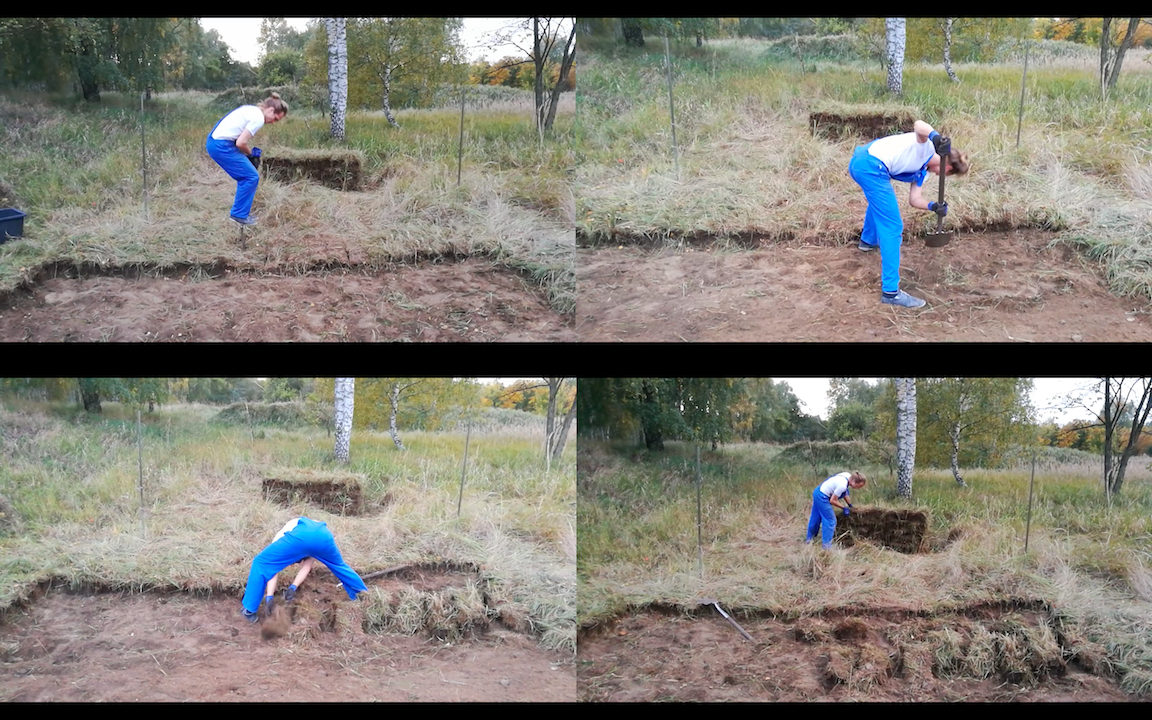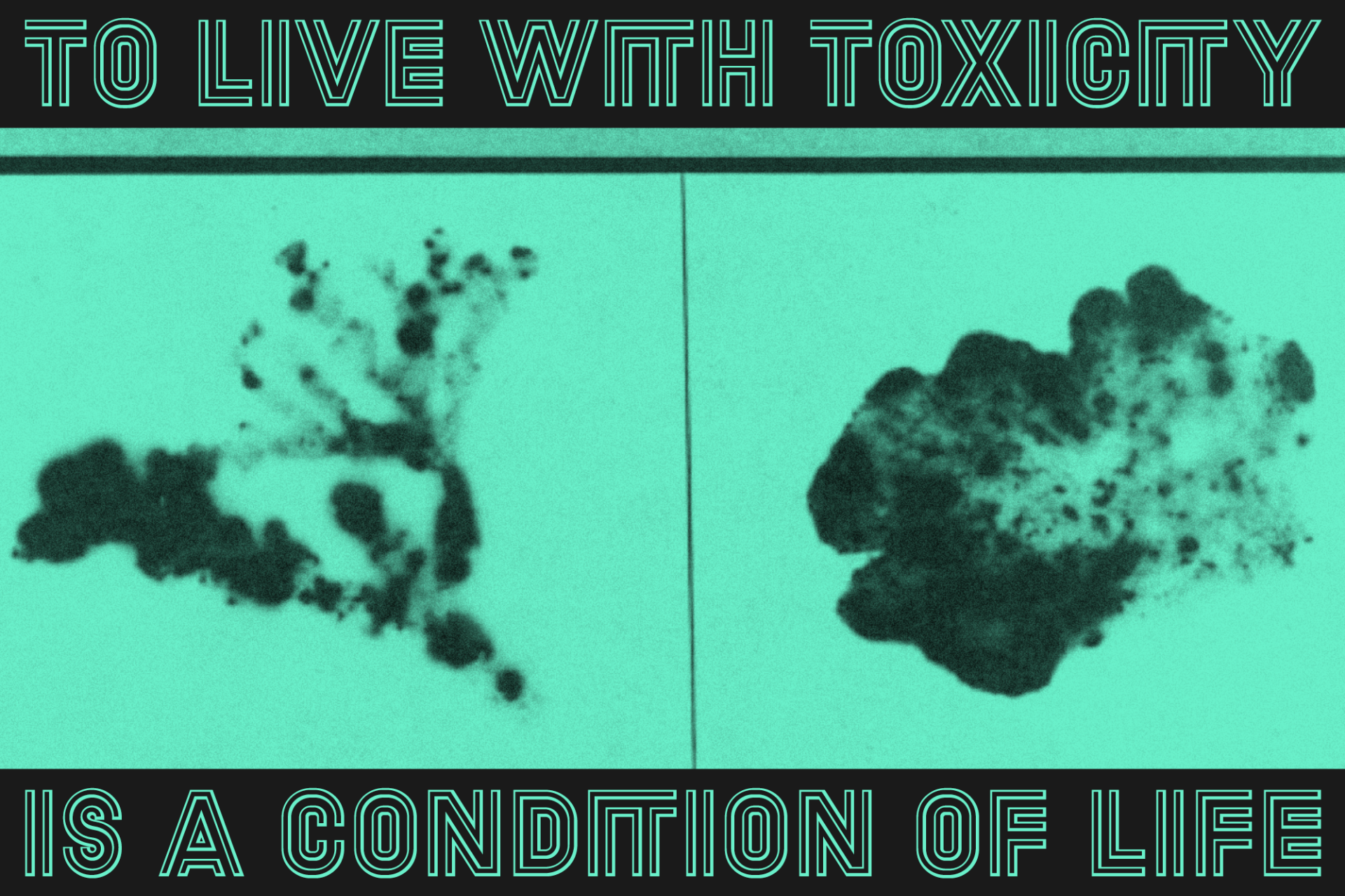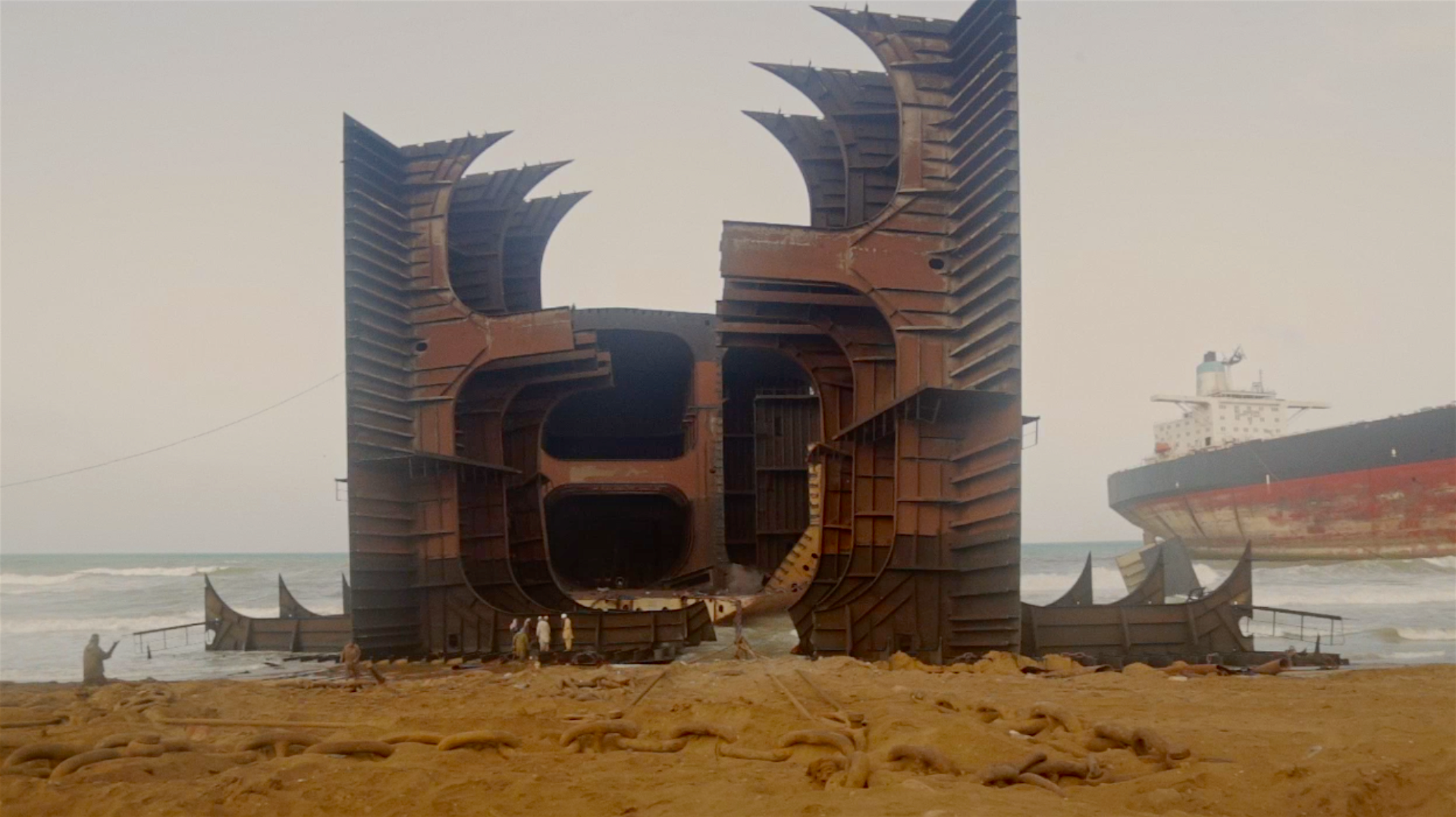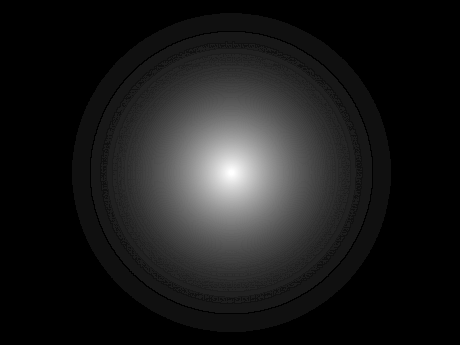THE LONG TERM YOU CANNOT AFFORD.
ON THE DISTRIBUTION
OF THE TOXIC
research, performance and exhibition project
Opening 18.10.2019 19:00
Exhibition 19.10.– 01.12.2019 Thurs–Sun 14:00–19:00
With Boris Anje, Julieta Aranda, Christian Danielewitz and Anu Ramdas, Anne Duk Hee Jordan and Pauline Doutreluingne, Assaf Gruber, He Xiangyu, Nona Inescu, Anja Kanngieser, Jessika Khazrik, Candice Lin, Natascha Sadr Haghighian and Ashkan Sepahvand, Neda Saeedi, Zina Saro-Wiwa, Jonas Staal in collaboration with Jonas Stuck, Stephan Thierbach and Nada Tshibuabua
INVOCATIONs 24.10.2019 & 08.11.–09.11.2019
WITH Edna Bonhomme, BPoC Environmental and Climate Justice Collective (Imeh Ituen and Rebecca Abena Kennedy-Asante), Yolanda Ariadne Collins, Discard Studies (Alex Zahara and Josh Lepawsky), Angela Flournoy, The Forest Curriculum (Pujita Guha and Abhijan Toto), Hazardous Travels (Ayushi Dhawan, Maximilian Feichtner and Simone Müller), Center For Intersectional Justice (Emilia Roig), Hyoung-Min Kim and Gabriel Galindez Cruz, Jessika Khazrik, Laboratory for Aesthetics and Ecology (Ida Bencke), Latedjou, Liping Ting, Mother the Verb (Ivan “Ivy” Monteiro), Hira Nabi, Franziska Pierwoss, Raqs Media Collective (Shuddhabrata Sengupta), Matana Roberts, Hulda Rós Gudnadóttir, Tomás Saraceno and the Aerocene Foundation, Alexis Shotwell, Stephan Thierbach, Françoise Vergès, Wearebornfree! Empowerment Radio (Moro Yapha), XR Extinction Rebellion (Kate Sagovsky), among others
SAVVY Tours in SAVVY Tongues
20.10.2019 15:00 with Caroline Ektander in English
26.10.2019 17:00 with Antonia Alampi in English
02.11.2019 15:00 with Lynhan Balatbat-Helbock in German
03.11.2019 15:00 with Caroline Ektander in Swedish
07.11.2019 18:00 with Jasmina Al-Qaisi and Bogdan Balan in Romanian
16.11.2019 16:00 with Caroline Neumann in Brazilian Portuguese
24.11.2019 17:00 with Antonia Alampi in English
30.11.2019 14:00 with Ola Zielińska in Polish
30.11.2019 18:00 with Jasmina Al-Qaisi and Bogdan Balan in Romanian
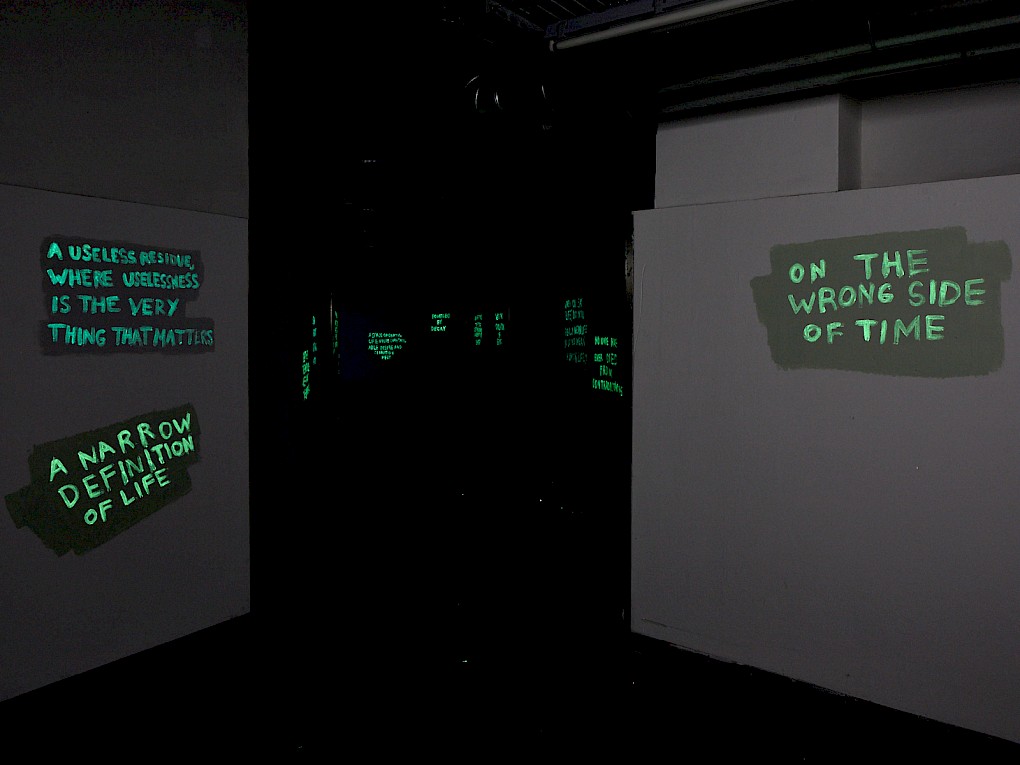
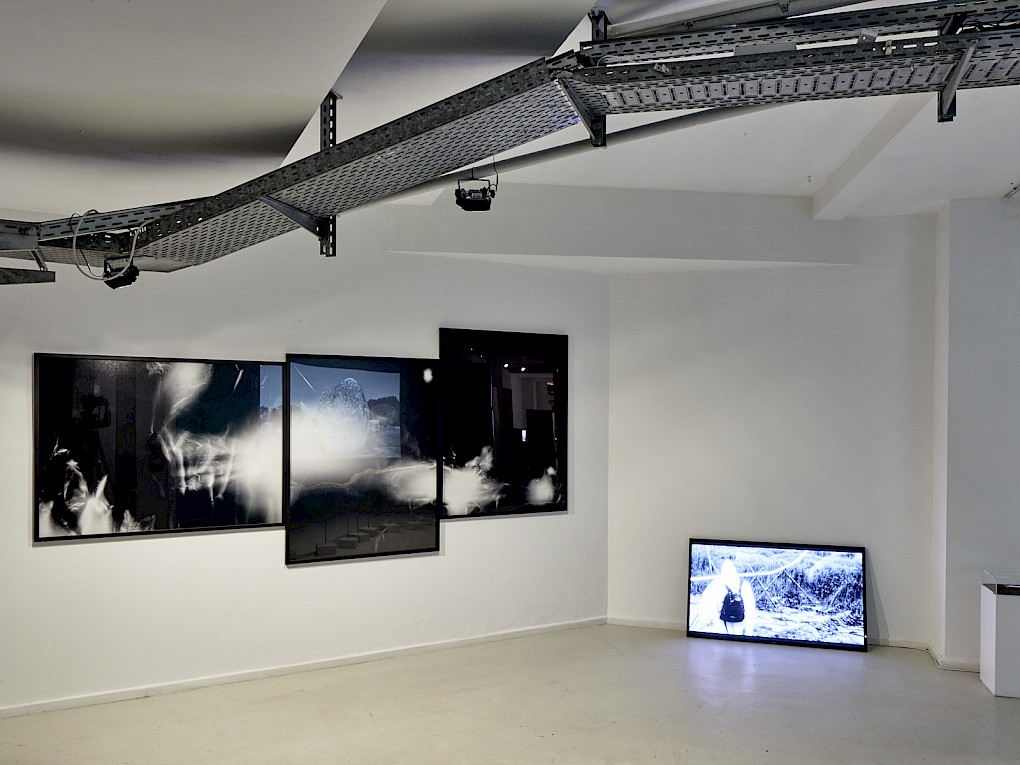
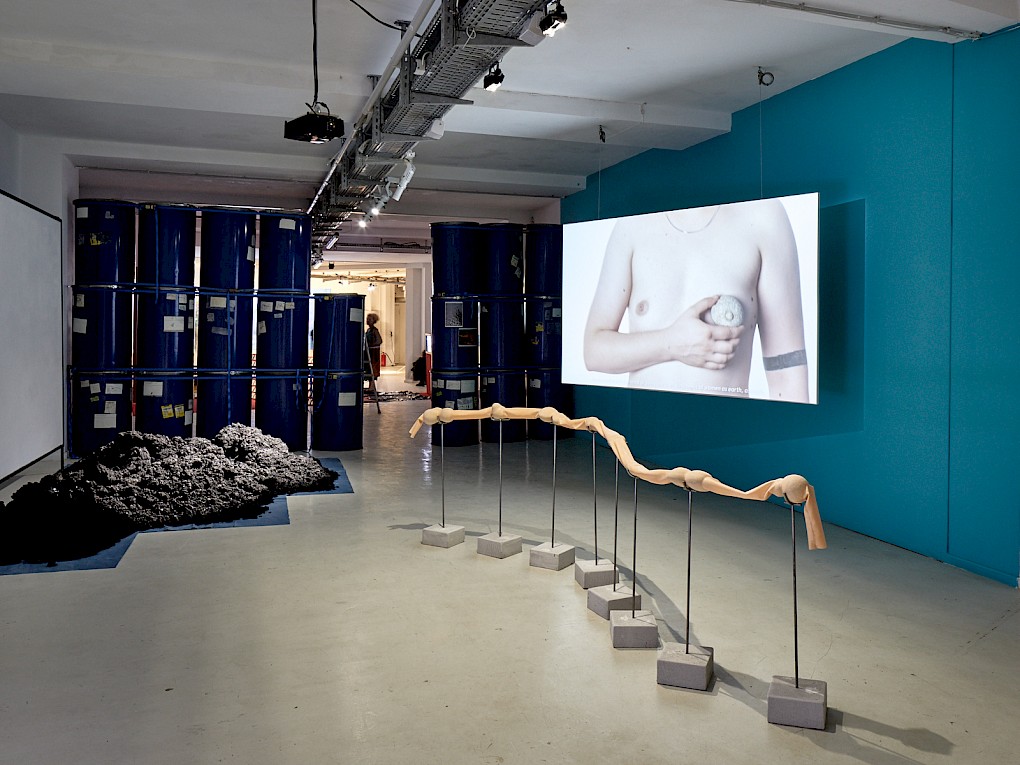
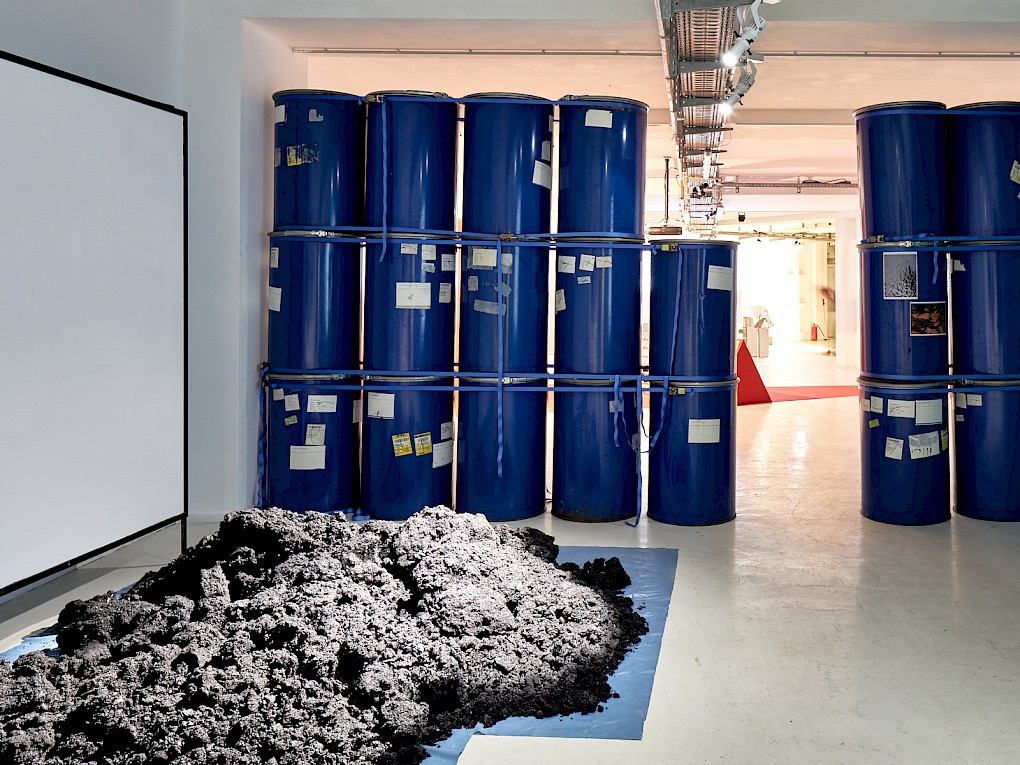
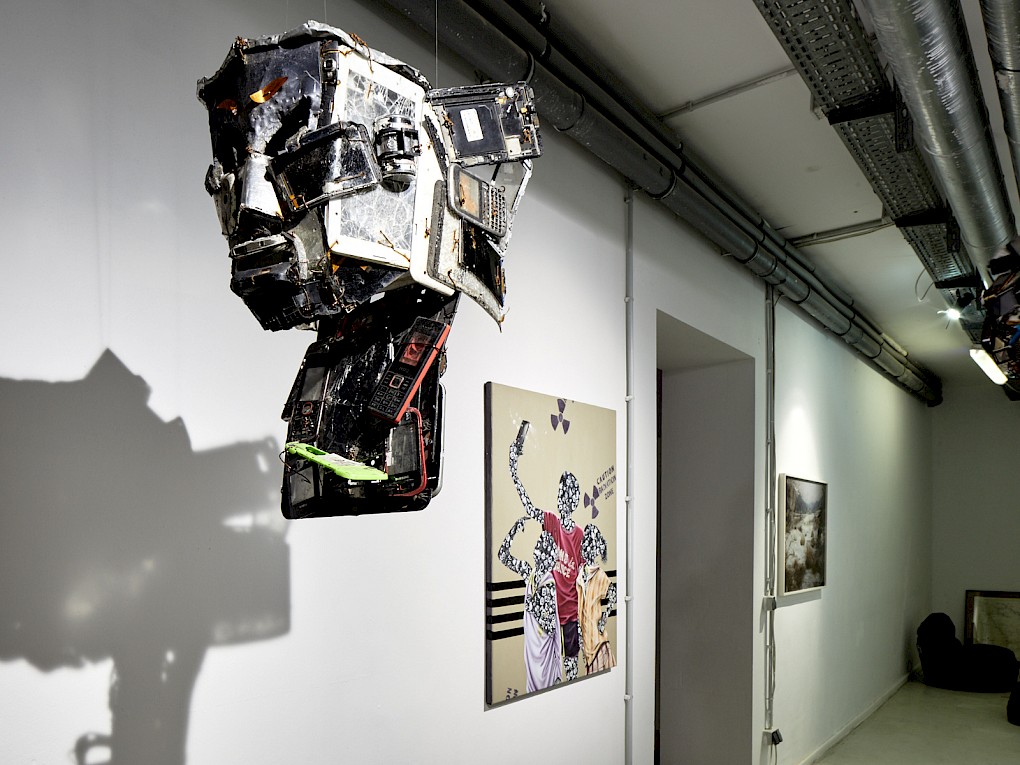
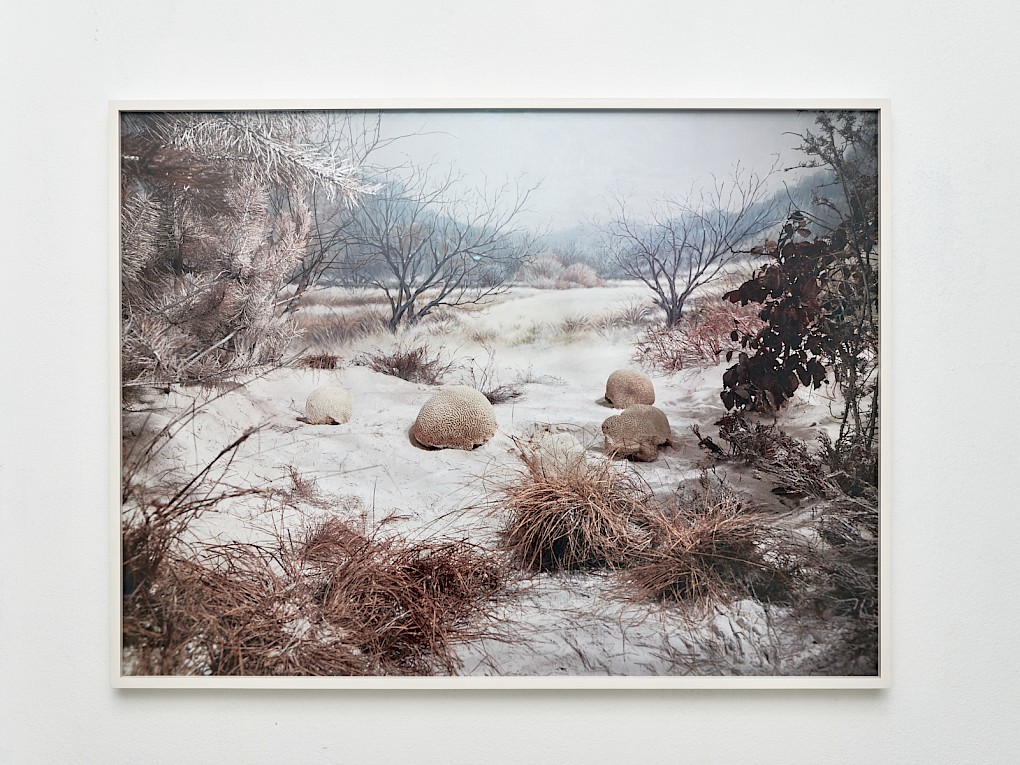
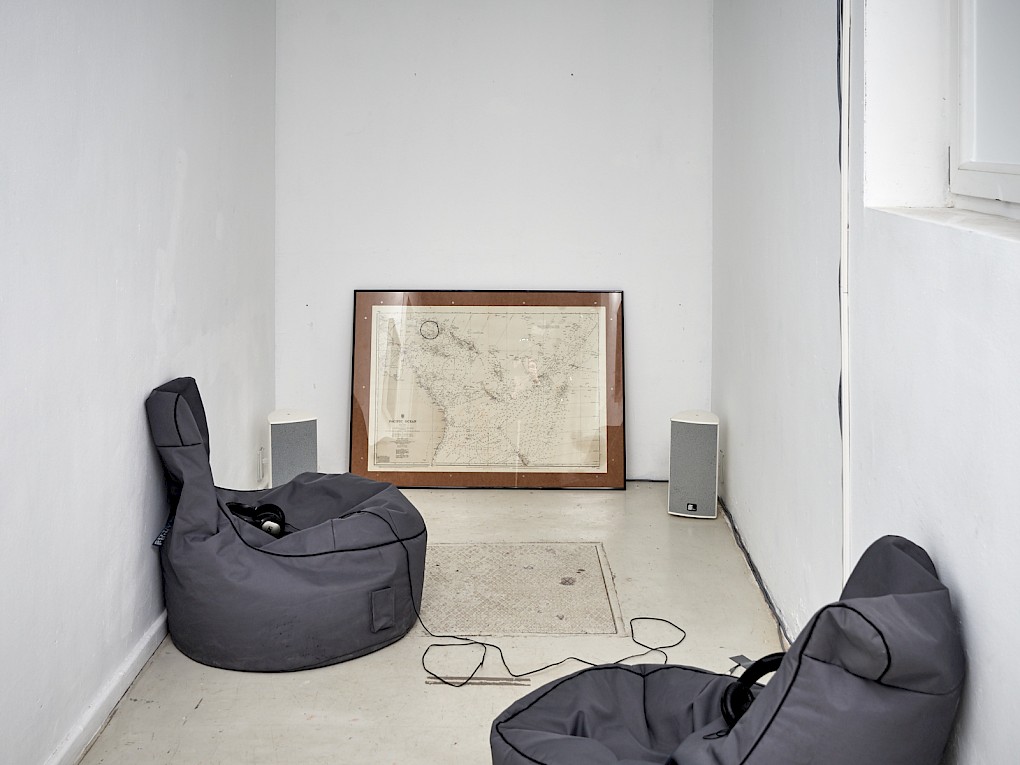
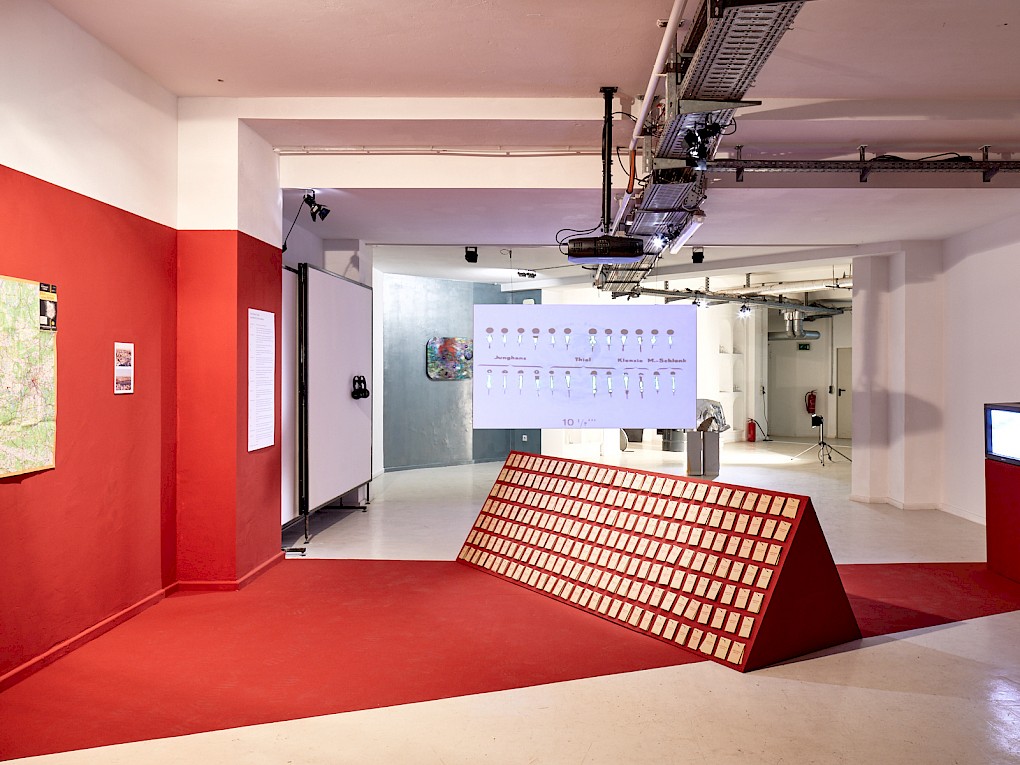
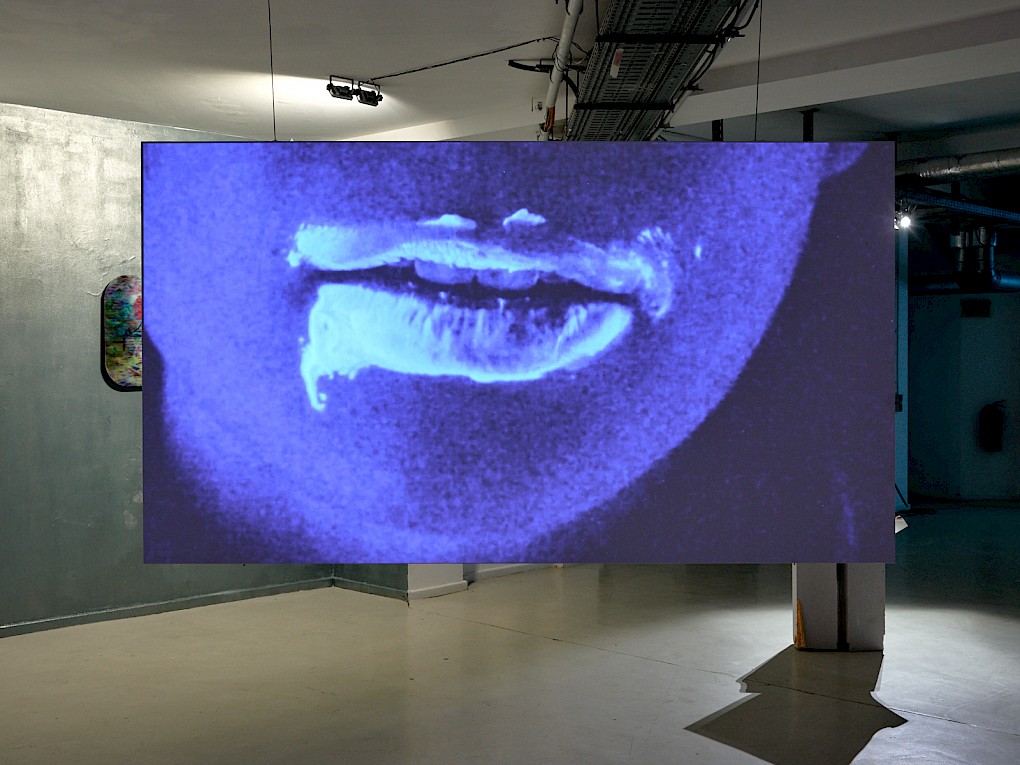
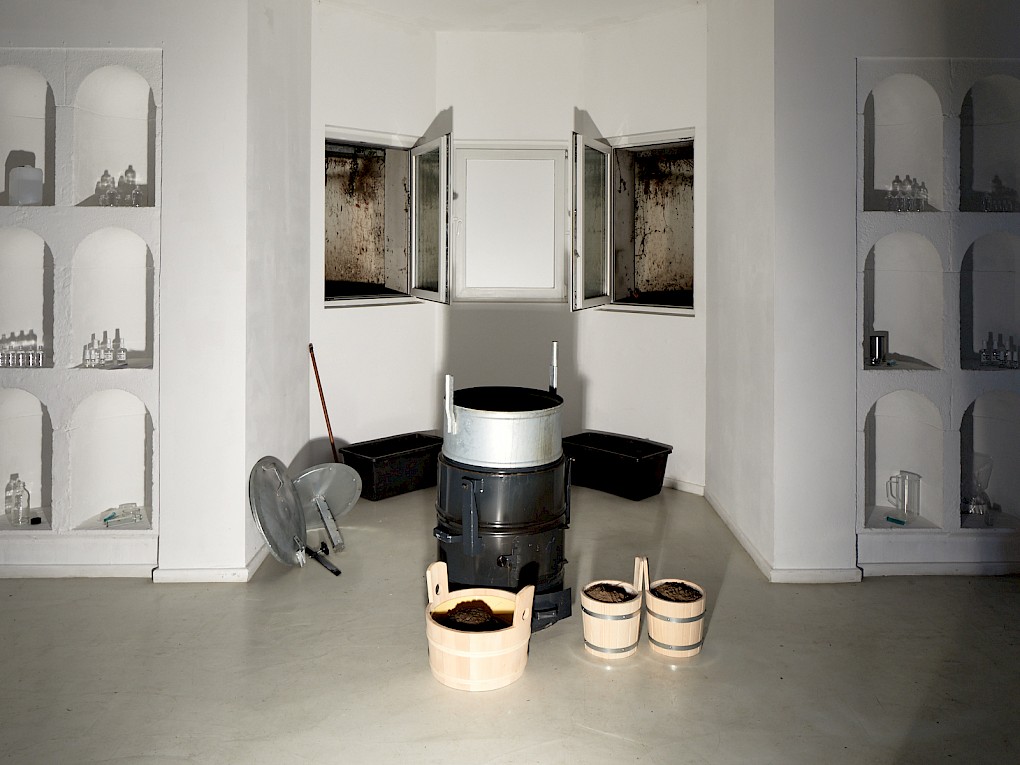
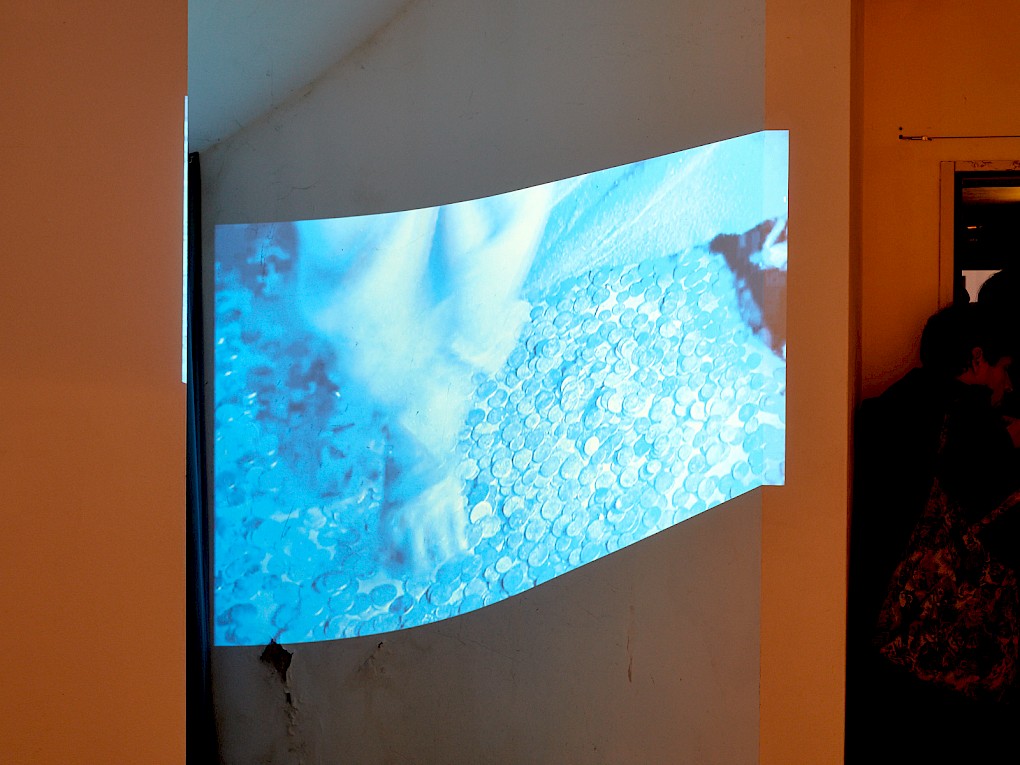
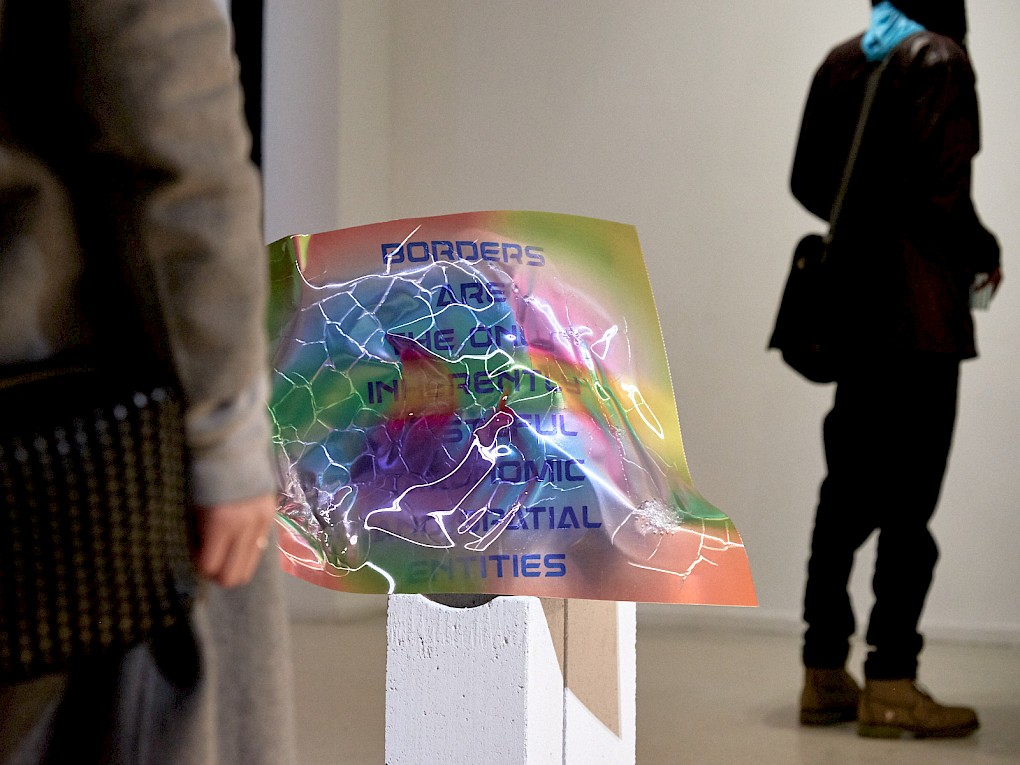
None of these things is happening here. They are happening far away, elsewhere."
"But they may as well be," Iris says. "What does here mean anyway, I'd like to know. Everywhere's a here, isn't it?
None of us, not a single plant, critter, or human alike, remain untouched by the toxic. Knowingly or obliviously, through direct encounter or through a diluted intake downstream, its pervasiveness is so ubiquitous that to live with toxicity is a condition of life. [1]
The toxic trade-off inherent in exploitative and abusive processes of extraction, production, and disposal lie at the heart of the changing nature of the ecosystems to which we now belong – with millions of metric tons of synthetic materials, pesticides, heavy metals, and chemicals released and circulated every year. Structural inequalities on a global scale permit for some lives to remain relatively untouched by toxic proliferation through systems of “externalisation” [2] whilst many reside in high concentrations and lethal exposure on a daily basis out of mere necessity of survival. The new age of toxicity is “a condition that is shared, but unevenly so, and which divides us as much as it binds us.” [3]
The exhibition unpacks the kaleidoscopic meanings of the toxic, both as matter and as metaphor: In his paintings, Boris Anje captures the essence of the excessive and toxic consumerism of a small minority of the world’s population, while Nada Tshibuabua creates sculptures made of the remnants of that economy and colonial project. Through sound, Anja Kanngieser transmits the lived experience of toxic harm, while Julieta Aranda and Candice Lin capture the fears, ambiguities, and threats that breed in its shadows. Anu Ramdas and Christian Danielewitz fix imperceptible and harmful radiation as imprints and distortions onto photographic film, and He Xiangyu gives material form to the feeling of drinking a ubiquitous consumer product. Anne Duk Hee Jordan and Pauline Doutreluingne illustrate the various correlations, impacts, and effects of how chemical substances influence non-human and human agents, while Nona Inescu creates an assemblage with concretions resembling organs, a digestion of matter in time, all of them exposing how life is fundamentally co-constituted by its immediate environment. Jonas Staal and Stephan Thierbach grapple with what it means to care for toxic heritage, not only for humans, but for our more-than-human companions and for the soil that supports us. Jessika Khazrik addresses the global waste economy particularly through the relation between Italy and Lebanon, while Assaf Gruber focuses on the toxicity embedded in the colonial project and in related acts of eternal museological preservation. With a filmic eye that references systems of surveillance related to both petroleum interests and invisible spiritual forces, Zina Saro-Wiwa transposes dancers’ performances over remnants of oil infrastructures in Ogoniland. Natascha Sadr Haghighian and Ashkan Sepahvand complicate the present and future relations between humans and their economic history, non-humans, and the environment, while finally Neda Saeedi encapsulates utopian and dystopian futures into crystal balls.
The concentration of our effort is neither to pick apart and sort into commonsensible categories, nor is it to demonize, point fingers, or catalyze an indigestible sense of paralyzing guilt about the state of the world. Rather, our aim is to open up a space for an artistic and critical registry that encourages us to pause and sense the toxic presences and textures otherwise, to acknowledge and mourn its ongoing victims, and to listen to the movement of its shadows. In so doing, we hope to shift sensibilities away from one of paranoid containment and fear, to an outlook fueled by reflexivity and nuance, and to nurture the act of noticing how actions on the most intimate scale are closely tied to the global – as everywhere is ultimately a here.
To truly consider the global distribution of the toxic – the direction of its movement, the immeasurable violence left in its wake, and the struggle to hold down accountability for its relentless force of destruction – means to push the recognition of how much of the world exceeds the Western capitalist conception of it. In a time particularly plagued by simplifications and a desire for purity, it is vital to exhort to fight against the vicious machinations that have led to this current state of affairs and to do all that is possible to escape the deplorable conditions they keep producing: from small everyday actions to spectacular mobilizations, from swift responses to strategic and sustained engagement. At the heart of every move lies the impetus to foster new political subjects, that keep on growing, however painful, deep from the past and into the future.
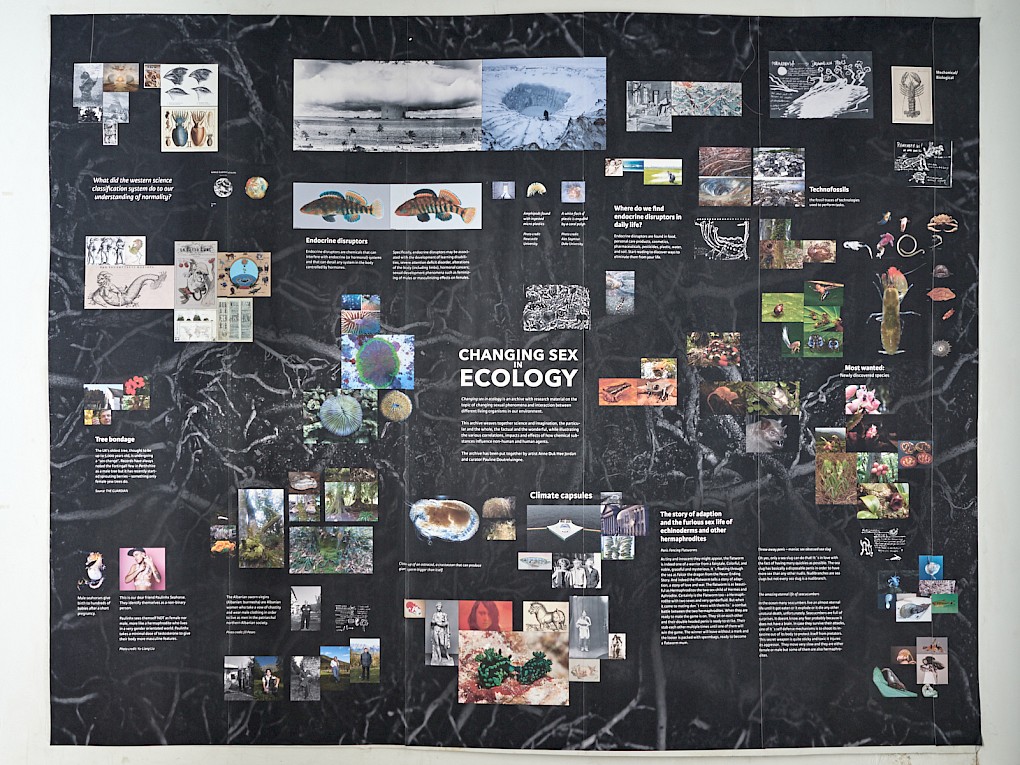
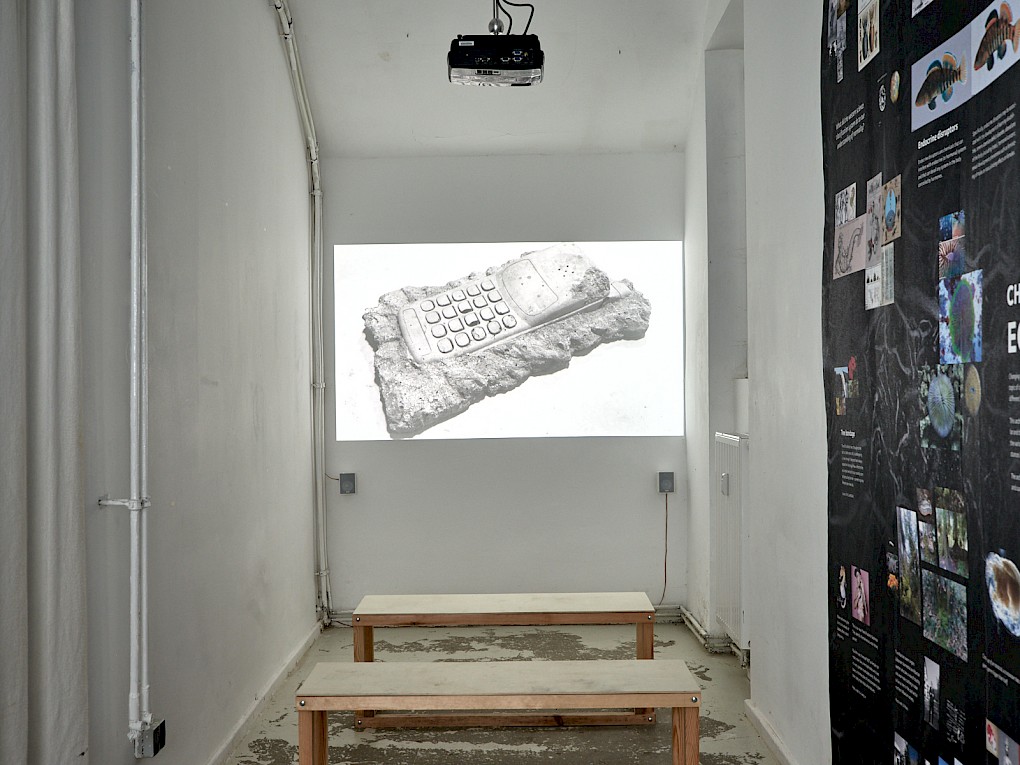
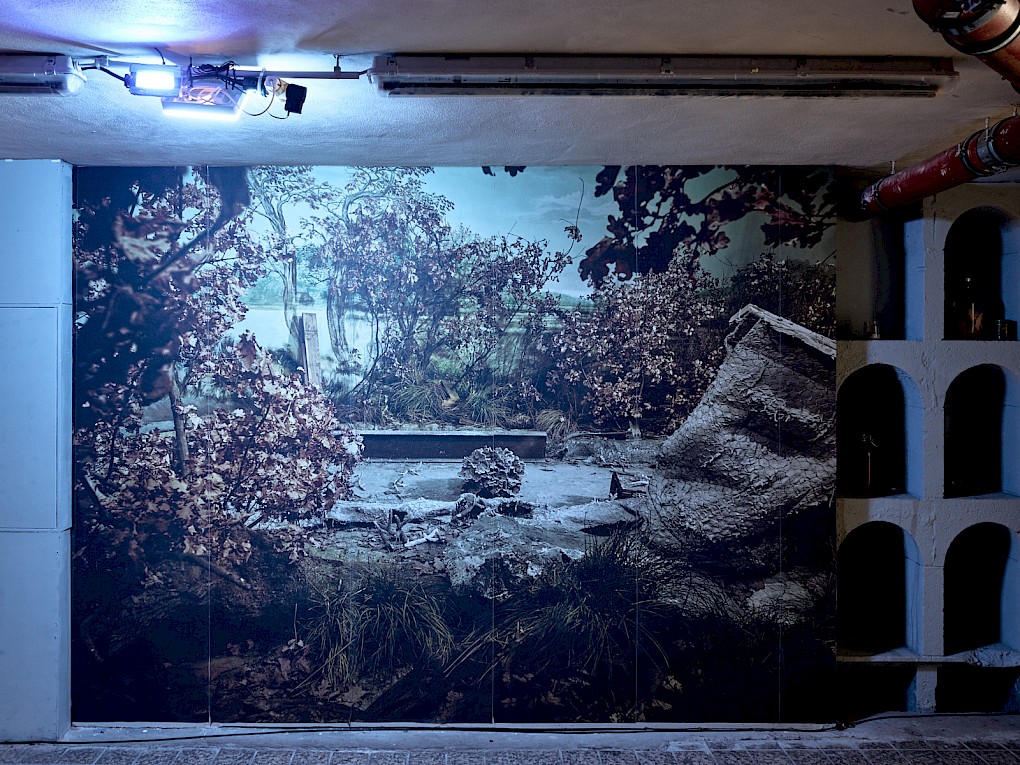
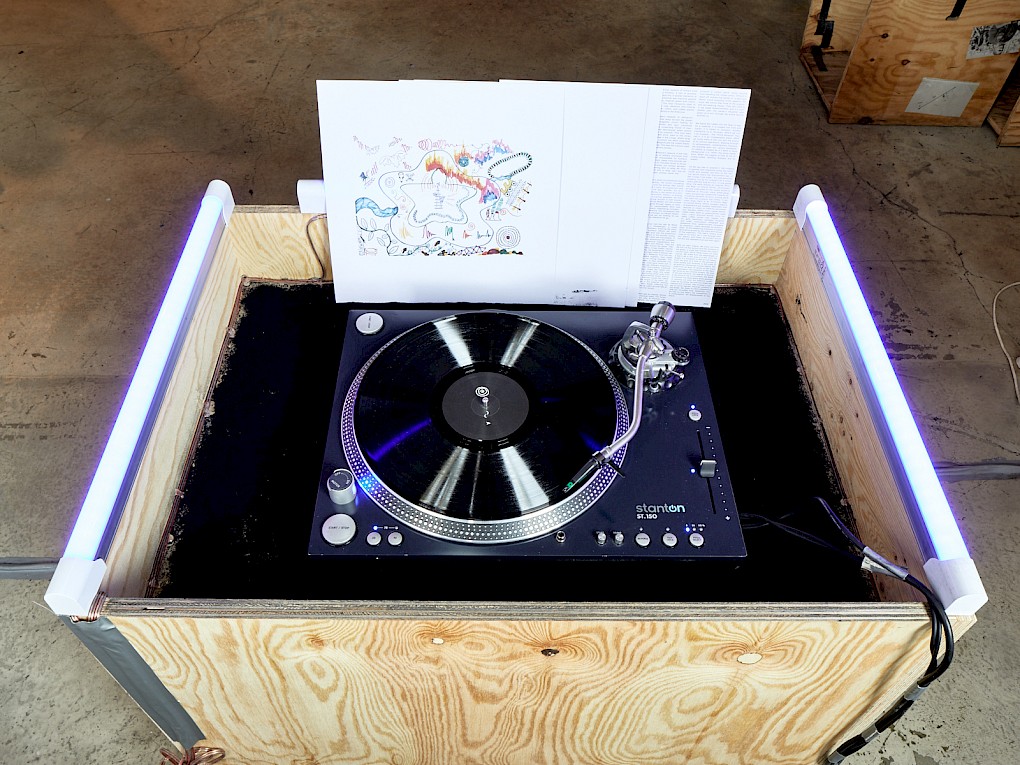
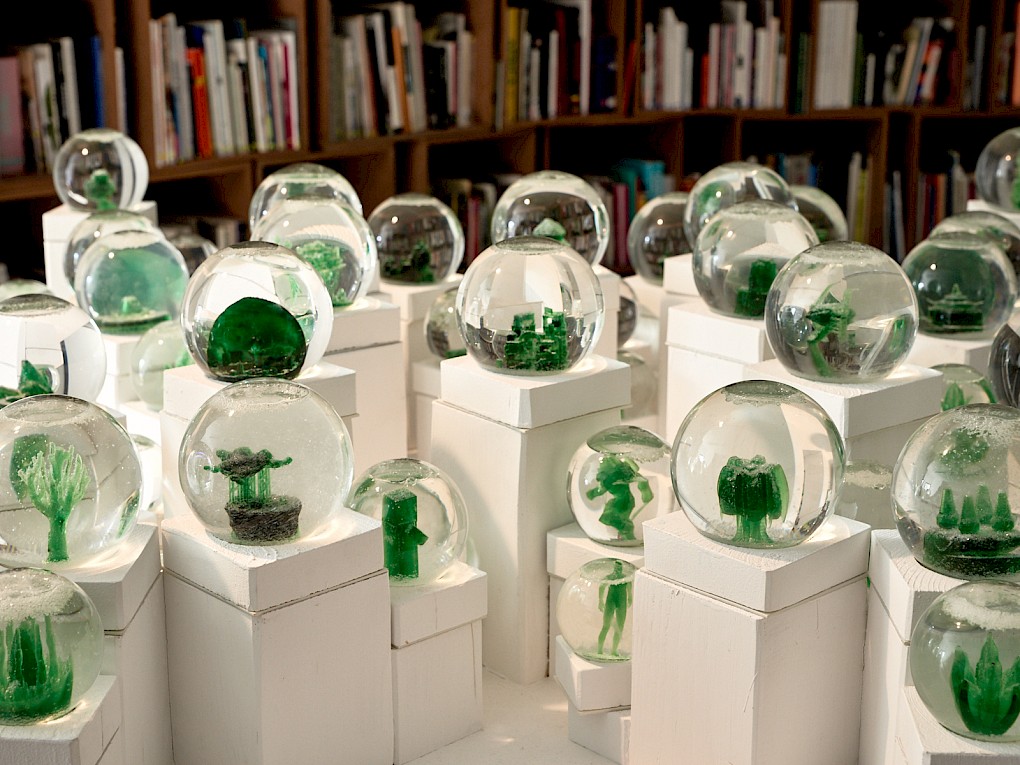
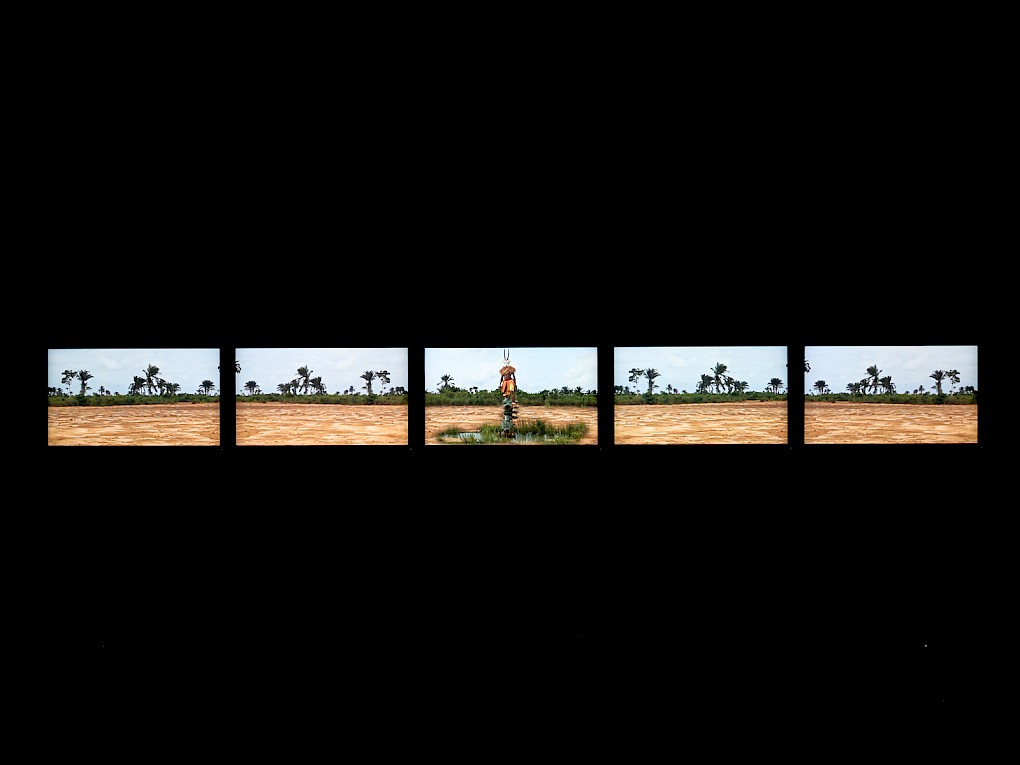
CURATORS Antonia Alampi, Caroline Ektander
CO-CURATORS Jasmina Al-Qaisi, Kamila Metwaly
ARTISTIC DIRECTOR Bonaventure Soh Bejeng Ndikung
PROJECT TEAM Monilola Ilupeju, António Pedro Mendes, Ola Zielińska
CURATORIAL ASSISTANT Mahnoor Zehra Lodhi
Production Assistant Bogdan Balan
MANAGEMENT Lema Sikod
COMMUNICATION Anna Jäger
GRAPHIC DESIGN Elsa Westreicher, Lili Somogyi
TECH Bert Günther
ART HANDLING Wilson Mungai, Kimani Joseph
LIGHTS Catalina Fernandez
Trailer Bona Bell
This exhibition is part of Toxic Commons –– a platform that writes texts, organizes public programs and acts as a body of research in and around toxic dissemination and the environmental injustice inherent to it. Toxic Commons is founded by: Caroline Ektander, Antonia Alampi and SAVVY Contemporary, Simone Müller and the research group "Hazardous Travels. Ghost Acres and the Global Waste Economy" of the Rachel Carson Center, including Ayushi Dhawan, Maximilian Feichtner and Jonas Stuck.
We are grateful for the meaningful curatorial dialogue had on the occasion of this exhibition, and we particularly want to thank:
Contour Biennale's Nataša Petrešin-Bachelez and Fleur van Muiswinkel for commissioning the piece by Natascha Sadr Haghighian and Ashkan Sepahvand for its 9th edition, as well as Nora Razian and Ashkal Alwan for commissioning the piece by Candice Lin for Home Works 8. Both pieces will premiere in Mechelen and Beirut respecitively on the same date as the opening of THE LONG TERM YOU CANNOT AFFORD and we are honoured to present them simultaneously in Berlin.
THE LONG TERM YOU CANNOT AFFORD. ON THE DISTRIBUTION OF THE TOXIC is the third chapter of our longterm investigation THE INVENTION OF SCIENCE.
The project is funded by Hauptstadtkulturfonds and the Foundation for Arts Initiatives.
Jonas Staal´s new commission redistribute toxicity has been made possible through financial support from the Mondriaan Fund. Abhijan Gupta’s participation in the Invocations program is generously supported by the Goethe-Institut / Max Mueller Bhavan Kolkata. Hira Nabi´s participation is generously supported by the Goethe Institut Pakistan. He Xiangyu´s participation has been generously supported by White Space Beijing. Hulda Rós Gudnadóttir's new video work has been made possible through a funding from The Visual Arts Fund Iceland. The performance of Matana Roberts has been generously supported by the DAAD Artists-in-Berlin Program. Hyoung-Min Kim and Gabriel Galindez Cruz's performance I Am Not On The Blacklist is presented together with Tanzfabrik Berlin in the frame of OPEN SPACES. It is kindly supported by the Berlin Senate Department for Culture and Europe.
Visual Quote: Ali Smith "Winter" (2017); Image: Joint Task Force One, Operation Crossroads: the Official Pictorial Record, 1946, p 216; Design: Elsa Westreicher

RAQS Media Collective: https://www.raqsmediacollective.net/print.aspx?type=by&catid=2
Stephan Lessenich. 2015. "Die Externalisierungsgesellschaft: Ein Internalisierungsversuch", Soziologie 44:1, 22–32.
Michele Murphy. 2017. "Alterlife and Decolonial Chemical Relations". Cultural Anthropology 32(4), 497.

